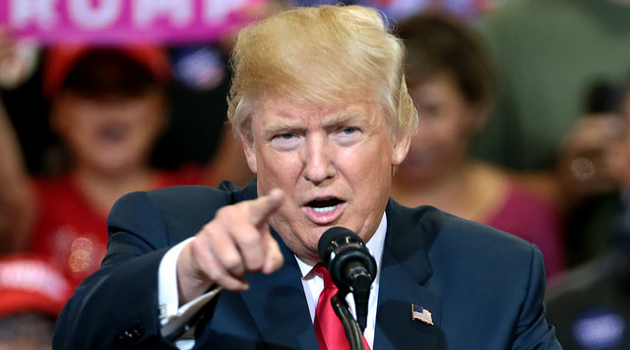The latest edition of Economic Freedom of the World has been released by the Fraser Institute. The good news is that the United States is in the top 10 (we dropped as low as #18 during Obama’s first term).
The bad news is that Australia jumped in front of the United States, so America is now #6 instead of #5 like last year.
Here are the 20 jurisdictions in the world with the highest levels of economic liberty.
Here are some of the highlights from the report.
Hong Kong and Singapore, as usual, occupy the top two positions. The next highest scoring nations are New Zealand, Switzerland, United States, Australia, Mauritius, Georgia, Canada, and Ireland.
The rankings of some other major countries are Japan (20th), Germany (21st), Italy (51st), France (58th), Mexico (68th), Russia (89th), India (105th), Brazil (105th), and China (124th). The 10 lowest-rated countries are: Central African Republic, Democratic Republic of Congo, Zimbabwe, Republic of Congo, Algeria, Iran, Angola, Libya, Sudan, and, lastly, Venezuela.
It’s not exactly a surprise that Venezuela is in last place, though keep in mind that a few basket-case nations aren’t included in the rankings because of inadequate data (most notably, North Korea and Cuba).
Some people may be surprised that Hong Kong is still #1, but there’s a good (albeit temporary) reason.
Between 1997 and 2018, there was no evidence of significant policy changes in Hong Kong as the result of the 1997 establishment of Hong Kong as a Special Administrative Region within China. Our data indicate that there have not been any major changes in tax and spending policy, monetary stability, or regulatory policy. In fact, Hong Kong’s 2018 rating of 8.94 is its highest since the financial crisis in 2008. However, it will be surprising if the apparent increase in the insecurity of property rights and the weakening of the rule of law caused by the interventions of the Chinese government in 2019 and 2020 do not result in lower scores
For those interested in the United States, here are the scores for the five major components.
For what it’s worth, I think American monetary policy should be ranked lower, but I admit that’s a subjective opinion that can’t be quantified (at least not yet).
Our worst score is for trade. Though that’s not just the fault of Trump. Yes, he’s caused a decline, but the U.S. score has been on a downward trajectory for almost 20 years.
Speaking of Trump, readers who get upset by my periodic criticisms of the President (such as what I wrote yesterday) may be interested in knowing that the U.S. now has a lower score (8.22 out of 10) than it did in Obama’s last year (8.32 out of 10).
P.S. Last but not least, here’s a map showing which nations are in various categories. All you really need to know is that it’s good to be blue and bad to be red.
P.P.S. China’s low score explains why I don’t think there’s any danger of that nation becoming an economic powerhouse (a point I first made back in 2010). At least not until and unless President Xi has the wisdom to allow a second wave of pro-growth reform.
———
Image credit: Gage Skidmore | CC BY-SA 2.0.




